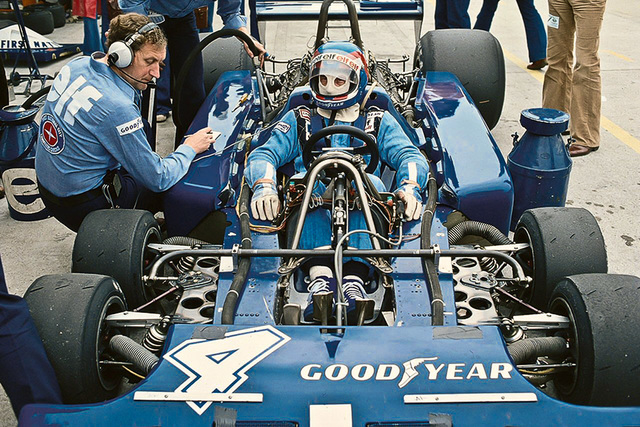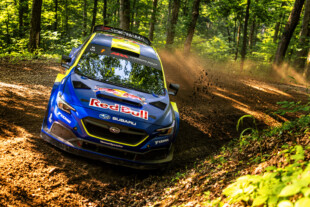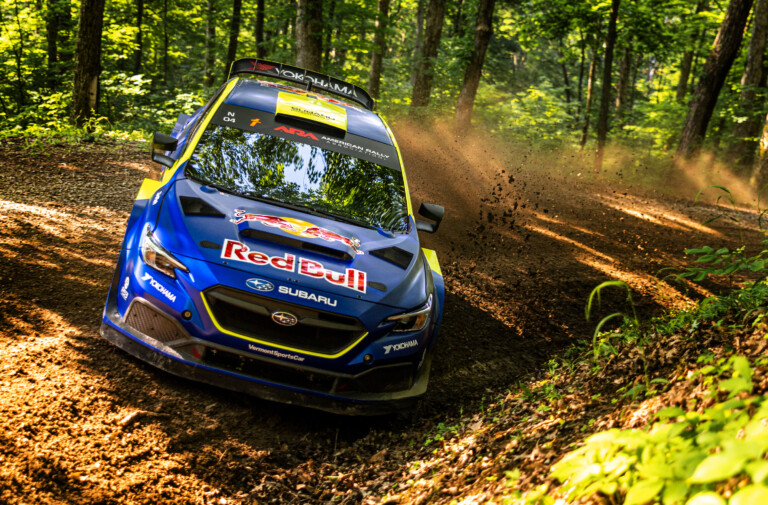The seventies and eighties were truly revolutionary times for Formula One, and motorsport in general. In the upper echelon of automotive competition, constructors were beginning to understand the forces behind aerodynamics, forced induction and suspension design, and the lack of stringent rules allowed for out-of-the-box designs to be implemented, tested, canned or pursued. One of the most striking innovations from this era is undoubtedly the six-wheeled Tyrrell P34, a car which, to this day, still turns heads with enough force to snap necks.
The glamorous era of the late seventies was generally defined by huge airboxes, enormous wings, mile-wide slicks and pretty, ornate liveries. It was a time when, in many ways, bigger was better, but a growing reliance on aerodynamics forced Tyrrell to try an unconventionally-small approach to sizing front tires. To try and reduce the amount of drag inherent with an open-wheeled car, the front profile would be reduced by effectively halving the width of the front wheels. These skinny wheels fit snugly behind the width of the front wing, but put the same amount of rubber on the road.
With a similar contact patch as a wider tire, but less drag, the P34 was expected to be a very successful car, and it secured one win and a dozen podiums over its two year tenure from 1976-1977. It was not slow by any means, but the radical design, with added weight from the complex suspension layout, did not deliver as much as many had anticipated. Crucially, the limiting factor was the tire. Whereas other manufacturers were moving forward with tire development, the ten-inch rims and special Goodyear tires weren’t getting the adequate treatment. Had they, the racers of today might look very different — but for now, enjoy this onboard with the talented Patrick Depailler at Monaco.






















